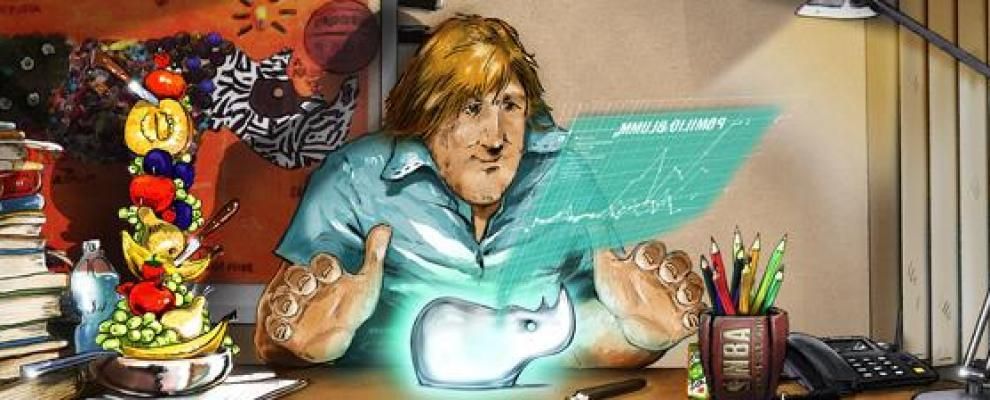Design is a thought activity: we should not replace it with a mere “optimizing” approach, because it’s from imperfections that talent emerges.

Communication and art have always maintained a close and important relationship. Where there is community there is a need to communicate, not only among individuals with one another, but also between the individual and the projection of that social body that we call institutions: public entities, guarantors and guardians of common values which constitute the very sense of community.
Art is actually the first and most important means of communication: the most effective. Not only has art always been a mirror of society, capable of revealing the hidden and deeper traits and therefore provide new interpretations of reality, often anticipating the direction society is going to take; art is also the most formidable experimental laboratory of languages, not only able to imagine new concepts to be expressed, but also new ways to express them. One skill that is even more valuable when it comes to giving real substance to intangible and abstract concepts, which are fundamental for the individual and for common life.
Thanks to this vocation, during the past ages art was able to live and thrive in close contact with the public sphere for long, in its various incarnations: religious, political, economic. Such idea of civic art has its origins in the Mediterranean, with the Egyptian and Mesopotamian art first, with Greek and Roman ones then: and it could not be otherwise, because it is there that the institutional idea of a public, community dimension was born, in the form of polis or res publica, depending on the case.
It is exactly this idea of art that public communication should seek to address today, for renewing its languages as well as its contents and build that emotional involvement which is the foundation of the new relationship between citizens and institutions, not only guarantors and judges of the community, but subjects of a reciprocal fiduciary relationship. In short, there is a need for dialogue again, as in the past, between art and values, ethics and aesthetics. With a conviction: that even in the age of global communication we can ask courageous questions to art. To know where we are going, and starting from where.